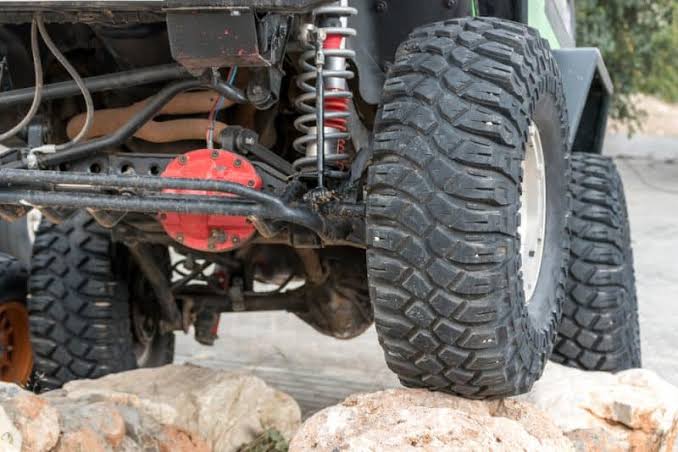In the ever-evolving world of automotive technology, one of the most significant areas of innovation lies within the development of vehicle suspension systems. The suspension system of a vehicle is crucial not only for maintaining ride comfort but also for ensuring the safety and handling capabilities of the vehicle. As technologies advance, so too do the sophistication and capabilities of suspension systems, leading to enhanced performance and a more intuitive driving experience.
The Evolution of Suspension Systems
Traditionally, vehicle suspension systems were relatively simple in design, primarily focusing on basic spring and damper mechanisms to absorb shocks and maintain tire contact with the road. However, the advent of computer technology and advanced materials has led to a paradigm shift in how suspension systems are developed and implemented.
Magnetic Ride Control
One of the forefront technologies in modern suspension systems is Magnetic Ride Control. This system uses magnetorheological fluid in the shock absorbers, which can change its viscosity in response to an electromagnetic field. By adjusting the strength of the field, the system can instantly alter the suspension’s stiffness, adapting to road conditions and driving style in real time. This technology offers a perfect balance between comfort and performance, automatically adjusting to provide a smooth ride over bumps and enhanced stability during aggressive driving maneuvers.
Adaptive Suspension Systems
Adaptive suspension, also known as semi-active suspension, uses sensors and microprocessors to continuously adjust the dampers according to road conditions, vehicle dynamics, and driver inputs. These systems can switch between softer settings for a comfortable ride and firmer settings for improved handling. The adaptability not only increases the vehicle’s versatility but also significantly enhances safety by optimizing tire contact with the road under various conditions.
Air Suspension Systems
Air suspension replaces traditional springs with air springs, allowing for a dramatically adjustable ride height and firmness. This system provides unparalleled ride comfort and is particularly beneficial for luxury vehicles and SUVs. The ability to adjust ride height is not only a boon for comfort but also improves aerodynamics and fuel efficiency at higher speeds.
Challenges and Future Directions
While these advancements represent significant improvements in suspension technology, they also introduce challenges, primarily related to complexity and cost. Advanced suspension systems require sophisticated control units, sensors, and actuators, which can increase the vehicle’s overall cost and maintenance requirements.
However, the future of suspension technology looks promising, with developments focusing on even more adaptive materials and integration with autonomous driving systems. Researchers are exploring the potential of using smart materials that can change properties based on electrical input or environmental conditions, potentially leading to suspension systems that can predict and react to road conditions before the vehicle encounters them.
Furthermore, as electric and autonomous vehicles become more prevalent, the integration of suspension technology with vehicle control systems is expected to become more sophisticated. Suspension systems will not only adapt to driving conditions but also to the specific needs of autonomous navigation and electric vehicle dynamics, such as weight distribution and battery protection.
Conclusion
The advancements in vehicle suspension systems highlight the automotive industry’s commitment to improving safety, comfort, and performance. As technology continues to evolve, the potential for even more innovative suspension systems seems boundless, promising a future where vehicles offer an even greater level of responsiveness and driving pleasure. The journey of suspension technology is far from over, and its continuous evolution will undoubtedly play a key role in shaping the future of transportation



